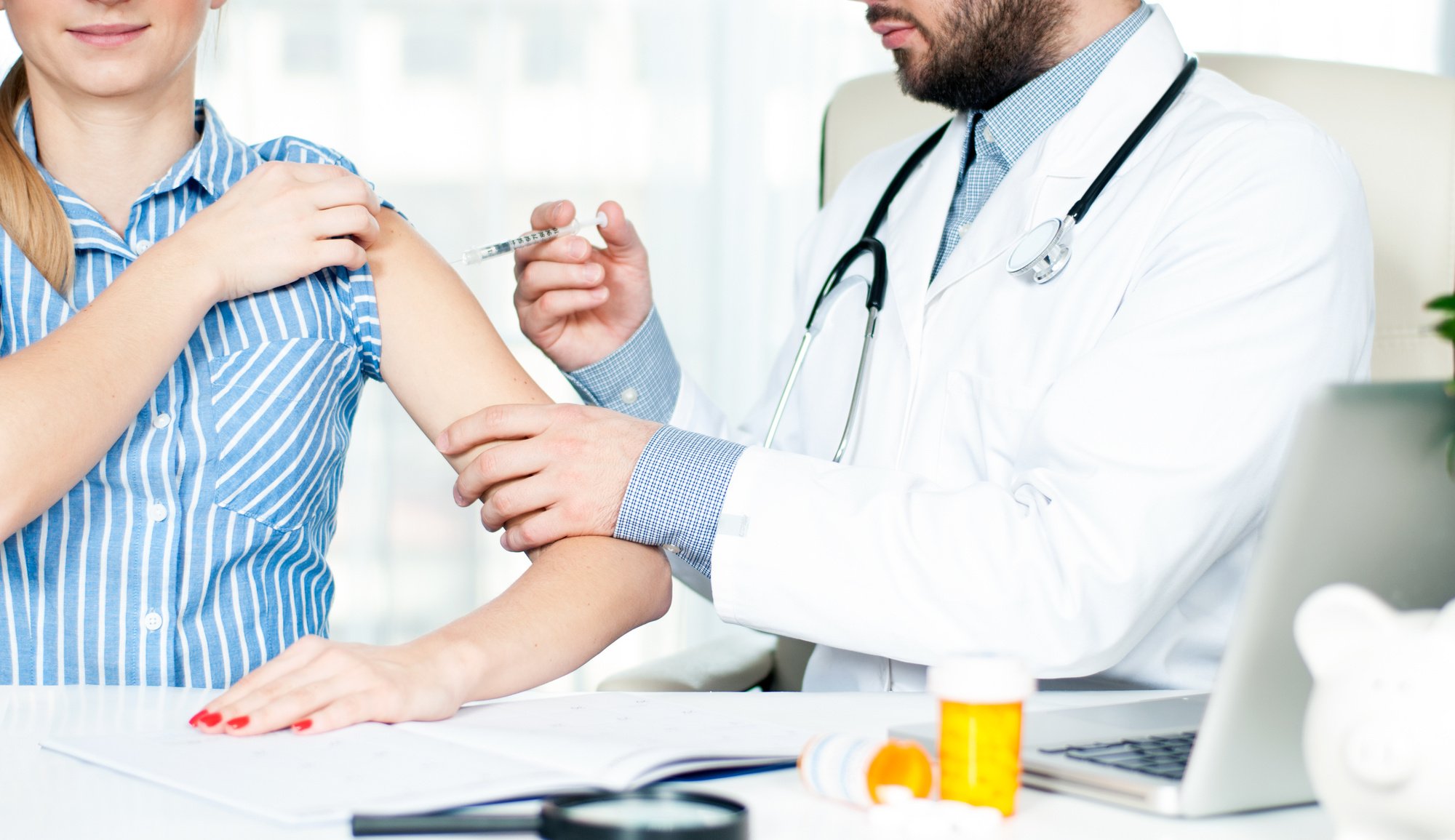You turn on the tap, fill a glass, and take a sip. It’s just water, right?
Unfortunately, even water that looks and tastes perfectly fine could carry hidden health risks. The Camp Lejeune water contamination scandal, where thousands of military personnel and their families were exposed to deadly contaminants, was a sobering reminder of this fact. But it also underlines the urgency of taking charge of your home’s water safety.
Access to clean, safe drinking water is essential for maintaining a healthy home environment. So, let’s delve into this issue and explore the lessons we can learn to protect our homes and families.
Understanding the Camp Lejeune Water Contamination Incident
Camp Lejeune, a United States Marine Corps base in North Carolina, made headlines over a decades-long water contamination crisis.
According to TorHoerman Law, the contamination had several points of origin, including leaky fuel reservoirs and inadequate waste disposal practices. As a result, thousands of people were exposed to toxic chemicals, causing serious health consequences. Conditions like cancer, birth defects, and other illnesses have been linked to these contaminated water sources.
While the recent Camp Lejeune water settlements are a welcome move, they also highlight the dangers posed by unchecked contamination, even in seemingly “safe” environments.
Why Should You Care About Your Home’s Water?
Even modern water systems aren’t immune to contamination. Common problems include:
- Lead: Often from old pipes, lead can cause serious developmental issues, especially in children. Even small amounts of lead exposure can have irreversible health consequences, especially for babies and pregnant women.
That being said, no amount of lead is risk-free. However, an analysis of recent EPA data reveals that 56% of the population consumed water from sources that had lead levels beyond 1 part per billion (ppb). 1 ppb is the proposed limit by the American Academy of Pediatrics to safeguard infants from lead toxicity.
- Bacteria: E. coli, Giardia, and others can cause gastrointestinal illness, particularly if your water comes from a well.
- Nitrates: Linked to health problems like elevated heart rate, dizziness, headaches, and stomach pain, these often come from agricultural runoff.
- PFAS (“Forever Chemicals”): Contaminated water isn’t just an old-plumbing concern. These long-lasting chemicals are found in many commercial and everyday goods.
A 2021 study by the US Geological Survey (USGS) found detectable levels of PFAS chemicals in over 44% of tap water in major cities across the country. Scientists estimate the possibility of finding PFAS in drinking water is about 25% in cities and close to 75% in suburban communities.
If you notice an unusual taste, odor, or color in your water, or if there are visible sediments or particles, it could indicate contamination.
But, don’t confuse “clear-looking water” with safe water. Many contaminants are impossible to detect without testing. Additionally, experiencing gastrointestinal issues after consuming the water may also be a warning sign.
How Do You Know What’s in Your Water?
Monitoring and screening are the best ways to get an accurate picture, especially if you live in an older house or an area with known contamination issues.
Your city’s water report is a start, but it only covers the system up to your property line. Contact certified labs in your area. They’ll advise on which tests are most valuable based on your home’s water source. You can also cash out of your city’s municipal testing programs.
Once you have the results, compare them to EPA-safe drinking water standards to see if anything exceeds the limits. Understanding your test results and the safe levels of various contaminants will help you determine the appropriate course of action.
Solutions: Taking Action for Clean Water
The good news is that you have options to protect your home’s water. While many people go for bottled water, the truth is that it isn’t always safe.
Bottled water is not treated the same as tap water, and is often obtained from municipal sources. This means it could contain contaminants similar to those found in tap water. The Natural Resources Defense Council (NRDC) found that about 22% of bottled water brands have contaminant levels exceeding state or industry standards.
If your home water quality is a concern, you can try the following treatment options:
- Filtration: Choose a system that targets the contaminants you’re worried about. Point-of-use filters (like pitchers or faucet attachments) are budget-friendly. Whole-house filtration systems offer the most comprehensive protection, but they come with a higher price tag.
Reverse osmosis systems are quite reliable at filtering a broad range of contaminants, but they can be more expensive to install and maintain. - Targeted Fixes: If your test showed a specific issue (like excessive hardness or arsenic), specialized solutions exist. A reputable water treatment professional can advise on the best options for your needs.
- Don’t Forget Maintenance: Filters require replacement according to the manufacturer’s schedule, or they become ineffective. Even whole-house systems require regular check-ups. It’s a small investment to ensure your safety.
Before installing any filtration system in your home, remember to test your home’s water quality. But how often should you do it?
The frequency of water testing depends on several factors, including the age of your home, the water source, and local regulations. As a general rule, it’s advisable to test your water annually, especially if you have well water or live in an area with known contamination issues.
Preventive Measures and Maintenance
Protecting your home’s water supply requires ongoing vigilance. Regular inspections and replacing aging plumbing components can help prevent leaks and contamination.
Proper disposal of household chemicals and hazardous materials is also essential to avoid polluting water sources. Stay abreast of local water quality reports, and be proactive in addressing any related issues.
The Camp Lejeune water contamination incident serves as a powerful reminder that safe drinking water should never be taken for granted.
While the circumstances may be different, the lesson remains the same: vigilance is key. By understanding common contaminants, testing your home’s water regularly, and exploring effective treatment options, you can safeguard your family’s health. Investing in cleaner water might seem like an extra step, but it’s a simple way to gain valuable peace of mind.
Knowing you’ve done all that is within your means to provide safe water for your family makes the effort worthwhile. Remember, clean water isn’t guaranteed; it’s something we all need to work towards.









